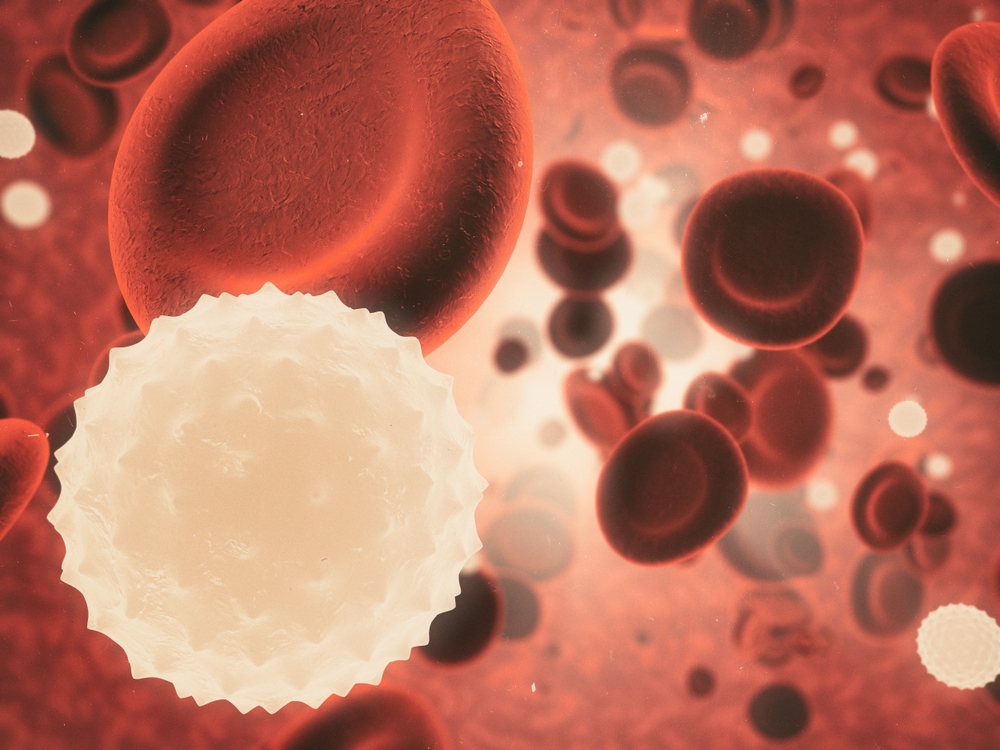Linking Inflammation to Depression Could Yield More Targeted Treatment
Posted on Categories Discover Magazine

Prozac’s approval by the U.S. Food and Drug Administration (FDA) in 1988 heralded the dawn of a new age in treating depression since it focused on serotonin, a brain chemical that, when in short supply, contributes to depression. It was more targeted and had fewer and generally less harsh side effects than the classic treatments— tricyclics and monoamine oxidase inhibitors (MAOIs).
Since then, a total of seven selective serotonin reuptake inhibitors (SSRIs) that essentially help the neurotransmitter serotonin build up in the brain by blocking its escape, have hit the market, as have several serotonin and norepinephrine reuptake inhibitors (SNRIs), which target serotonin and another neurotransmitter associated with the disorder. They are joined by drugs such as Wellbutrin, which don’t fit into specific chemical categories.
Some cases of depression don’t respond to medication, however. Scientists have hypothesized that inflammation — which seems to play a role in many aspects of our health, including our immune system and our metabolism — may also contribute to depression as well as the condition’s response to treatment. Now, scientists in Australia have conducted work in rats that connect how inflammation can disrupt metabolism, thus making depression treatment more challenging, they report in the journal Brain, Behavior, and Immunity. If replicated in humans, the research could help better match medications to patients.
Read more: What Is Inflammation, and Why Is It Sometimes ‘Bad’ for Your Health?
Linking Inflammation to Depression
Even with access to treatment, 10 percent to 30 percent of depression cases appear stubborn to medication; they have therefore been labelled treatment-resistant depression (TRD). Exactly why this has remained a medical mystery. Part of the problem is that response to a particular antidepressant — in terms of success as well as side effects — can differ drastically from patient to patient.
In rats, the researchers probed how biomarkers associated with inflammation were also connected to dopamine — what Roger Varela, a University of Queensland, Australia researcher and a co-author of the paper, called the “’feel-good’ neurotransmitter,” in a press release.
Our brain feeds us dopamine as a reward to motivate healthy behaviors. The study showed that, indeed, inflammation and metabolic dysfunction can interfere with the brain’s dopamine factory. Then our brain’s rewards system closes up shop, leading to classic depression symptoms like anhedonia — the inability to experience joy or pleasure. Persistent anhedonia is a signpost for TRD or for a depression treatment that may be only partially effective.
“This knowledge is informing our development of a blood test that can predict a person’s likely response to different antidepressants, which may streamline their diagnosis, improve their treatment and save time and healthcare costs,” Varela said in a press release.
Read More: Medicating the Gut and Not the Brain Could Help Depression and Anxiety
Offering Optimism for Those With TRD
This study provides both short- and long-term hope for those diagnosed with TRD. The short-term solution doesn’t involve any medication at all. Proper diet, exercise, and sleep can play a role in controlling inflammation and, indirectly, help manage depression.
The longer-term prospects are positive as well. Even though this is pre-clinical work done in animals, it doesn’t involve developing and testing a new drug for safety and efficacy. That process can take decades. Instead, it offers a path forward to a blood test that can help doctors match one of the many available medications to the patient based on immune system and metabolic markers.
“If we can gather a patient’s bioenergetic profile, we may be able to predict whether they will respond or not to a particular antidepressant,” Varela said.
This article is not offering medical advice and should be used for informational purposes only.
Article Sources
Our writers at Discovermagazine.com use peer-reviewed studies and high-quality sources for our articles, and our editors review for scientific accuracy and editorial standards. Review the sources used below for this article:
Before joining Discover Magazine, Paul Smaglik spent over 20 years as a science journalist, specializing in U.S. life science policy and global scientific career issues. He began his career in newspapers, but switched to scientific magazines. His work has appeared in publications including Science News, Science, Nature, and Scientific American.